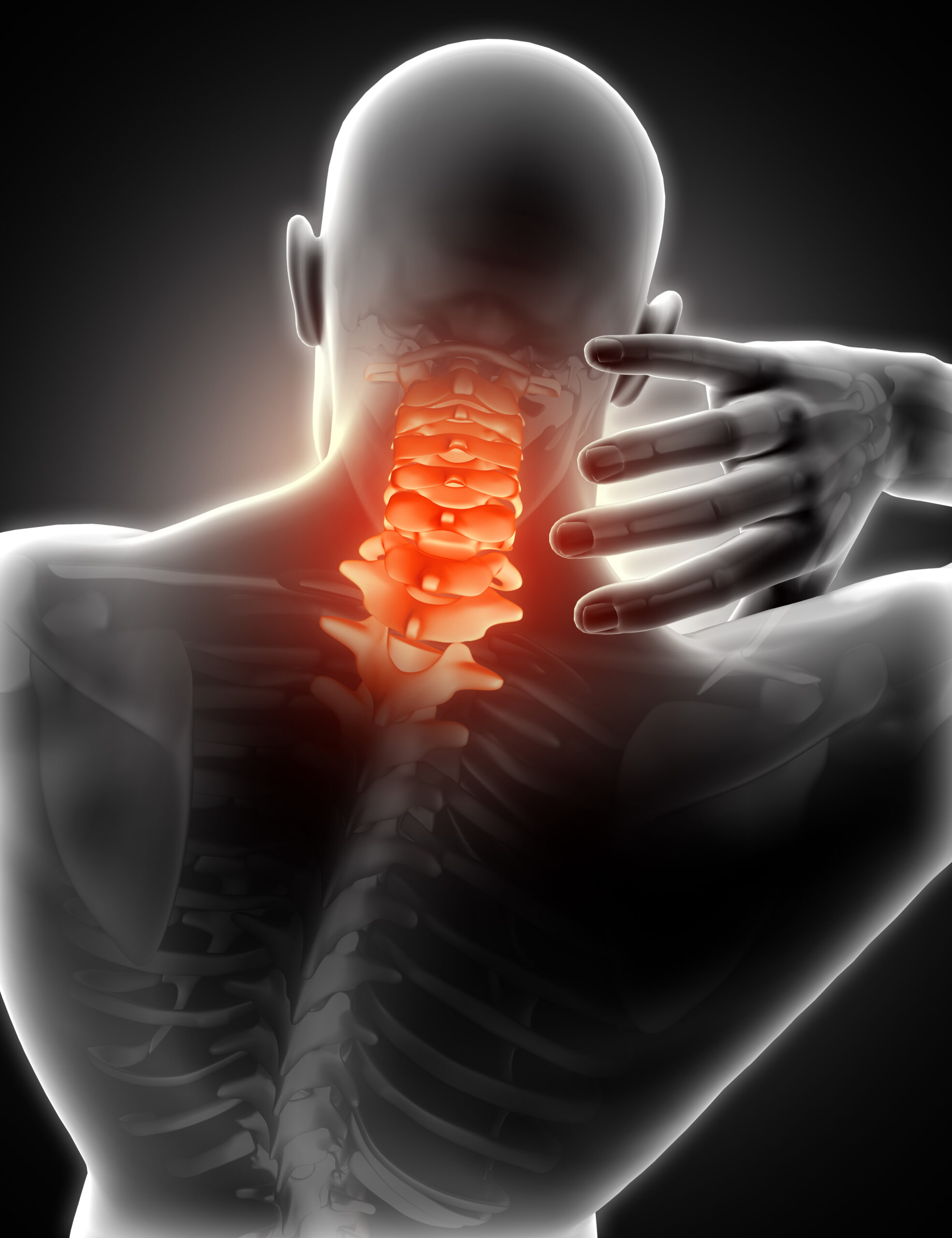Neck and Spine
Home
Neck and Spine
Ayurvedic Exercises for Neck and Spine Pain
Neck and spine pain is a common musculoskeletal problem caused by poor posture, stress, sedentary lifestyle, or injury. Persistent discomfort can affect daily activities, sleep, and overall quality of life. Ayurveda provides a holistic approach, combining Ayurvedic exercises for neck and spine pain, herbal remedies, Panchakarma therapies, and lifestyle modifications to reduce inflammation, relieve stiffness, and restore balance in the body.
Ayurvedic treatment targets the root cause, usually a Vata imbalance, which leads to muscle stiffness, poor circulation, and tension. By integrating exercises, diet, and herbal therapies, individuals can achieve long-term relief and prevent recurrence of pain.

Causes of Neck and Spine Pain:
Neck and spine pain may occur due to multiple factors:
- Postural Issues: Slouching, prolonged sitting, or computer use can strain neck and spine muscles.
- Muscle Tension: Stress, anxiety, and overuse lead to tight muscles and discomfort.
- Vata Imbalance: Ayurveda links joint and muscle pain to aggravated Vata dosha, causing dryness, stiffness, and restricted movement.
- Injuries: Sprains, fractures, or repetitive strain injuries contribute to chronic pain.
- Degenerative Changes: Age-related wear and tear in joints and cervical spine.
Symptoms: Stiffness, restricted movement, headaches, numbness, tingling in arms, and radiating pain to spines or upper back.
Why Neck and Spine Pain Happens:
From a modern perspective, poor posture, prolonged screen time, and repetitive movements weaken muscles and compress nerves. Degenerative changes in the cervical spine or spines may also contribute.
In Ayurveda, neck and spine pain results primarily from Vata aggravation, causing:
- Muscle stiffness and dryness
- Poor circulation leading to inflammation
- Accumulation of toxins (Ama) in joints
- Reduced flexibility and joint mobility
Understanding the underlying cause is essential for effective treatment and long-term relief.
How People Suffer from Neck and Spine Pain
Persistent neck and spine pain affects daily life in many ways:
- Physical: Reduced mobility, headaches, stiffness, and chronic discomfort
- Mental: Stress, irritability, and difficulty concentrating
- Work Impact: Reduced productivity due to pain and fatigue
- Sleep Disturbances: Difficulty falling asleep or maintaining a comfortable position
- Long-Term Risks: Chronic tension can lead to nerve compression, cervical spondylosis, or frozen spine
Ayurvedic Methods of Curing Neck and Spine Pain:
1. Ayurvedic Therapies
- Abhyanga (Oil Massage): Warm herbal oils like Mahanarayan Taila or Ksheerabala oil massage relax muscles, reduce stiffness, and improve circulation.
- Panchakarma Therapies:
- Pizhichil: Medicated oil pouring therapy to reduce inflammation
- Kati Vasti: Warm herbal oil retention on the lower back and neck
- Swedana: Steam therapy to loosen tight muscles
- Pizhichil: Medicated oil pouring therapy to reduce inflammation
- Herbal Remedies:
- Ashwagandha – reduces inflammation and strengthens muscles
- Guggul – promotes joint health and mobility
- Shallaki (Boswellia) – relieves pain and stiffness
- Ashwagandha – reduces inflammation and strengthens muscles
- Ayurvedic Exercises for Neck and Spine Pain
Daily Practice Tips:
- Neck Rotations: Slowly rotate your neck clockwise and counterclockwise to release tension.
- Spine Shrugs: Lift and drop spines 10–15 times to relax spine muscles.
- Arm Cross Stretch: Stretch each arm across the chest to loosen spine joints.
- Chin Tucks: Pull chin gently toward the chest and release to improve posture.
- Yoga Asanas:
- Bhujangasana (Cobra Pose) – strengthens upper back
- Gomukhasana Arms – stretches spine muscles
- Trikonasana (Triangle Pose) – reduces neck stiffness
- Bhujangasana (Cobra Pose) – strengthens upper back
Tip: Practice 10–15 minutes daily, combined with deep breathing (Pranayama) to enhance relaxation.
- Dietary Guidelines
Foods to Include:
- Warm, cooked meals with spices like ginger, black pepper, and turmeric
- Leafy greens, pumpkin, carrots (anti-inflammatory benefits)
- Nuts, sesame seeds, and ghee for Vata balance
- Herbal teas with ashwagandha, tulsi, or ginger
Foods to Avoid:
- Cold, raw, and heavy foods increasing Vata
- Fried and processed foods
- Excess caffeine, alcohol, and sugar
- Lifestyle & Precautions
- Maintain ergonomic posture while sitting or working
- Avoid prolonged screen time without breaks
- Sleep on a supportive mattress and pillow
- Practice mindfulness and stress reduction techniques
Conclusion
Neck and spine pain is a common yet manageable condition. Ayurvedic exercises for neck and spine pain, along with therapies like Abhyanga, Panchakarma, and herbal remedies, provide a natural and holistic approach to relief. A combination of proper diet, posture correction, yoga, and daily exercise restores flexibility, strengthens muscles, and balances Vata dosha. Early intervention and consistent Ayurvedic care ensure long-term relief, prevent recurrence, and enhance overall health and well-being.
FAQ
You should consult a specialist if you experience:
- Persistent or worsening pain or stiffness
- Numbness, tingling, or weakness in arms or legs
- Trouble walking or maintaining balance
- Bowel or bladder control issues
- Any signs suggestive of spinal cord involvement
